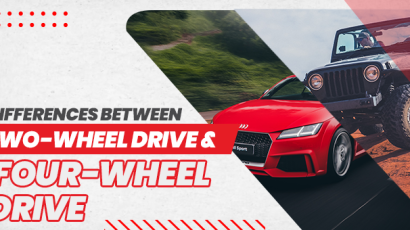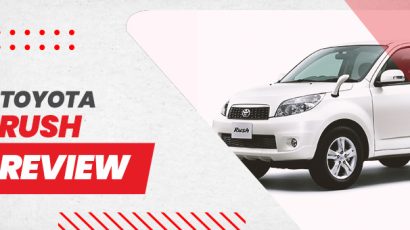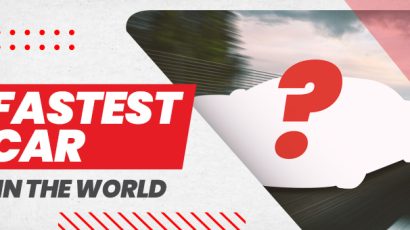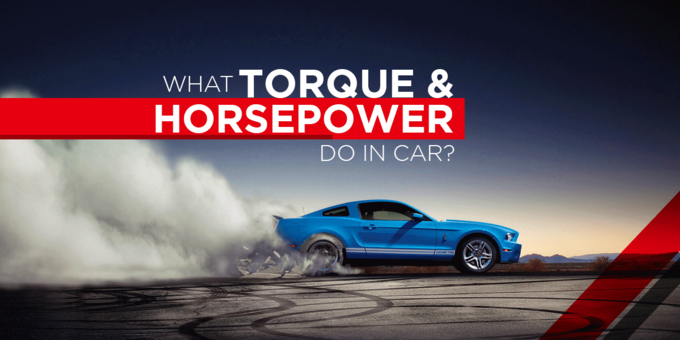
“Understeer is when you hit the wall with the front of the car.
Oversteer is when you hit the wall with the back of the car.
Horsepower is how fast you hit the wall.
Torque is how far you take the wall after you hit it.”
-Old Racer’s Creed
That’s how we can explain the role of torque in car!
Whenever an exciting new concept car gets showcased at the launching event, the rumor mill and speculations surrounding the official debut brag a lot about the legend that is going to mark the history. Horsepower and the torque are considerably the most bragged-about aspects of a car or more specifically of an engine. I am writing this to explain what horsepower and torque means? So, next time when you read the synopsis of new Mercedes launched in the “2020 New York auto show”, you won’t get confused.
What Is Torque in Car?
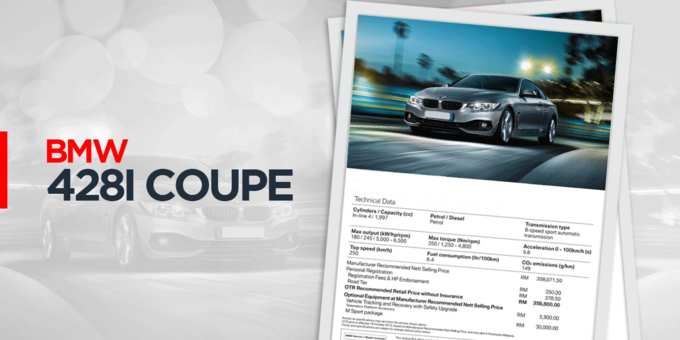
The only dimension, explaining how fast your car can accelerate is torque. It is the strength of a vehicle or a force that skyrockets the speed of a sports car and power up the big trucks to haul heavy loads. Usually, on the specs sheet, the given value is the maximum torque of the internal combustion engine which is higher than the value of torque on the wheel named as machine torque. The maximum value of torque depends on the limited range of engine RPMs (revolution per minute). In other words, torque is the amount of “turning power”.
Let’s take an example of a 1-foot long wrench and apply force directly perpendicular to that wrench, you might end up with getting torque. If you want to have more torque than you need to go for a short lever arm or apply more force to the existing one.
What Does Horsepower Means?
The engine producing power is named as horsepower. In physics, power is a rate at which something does work. In case of cars, it is one possible aspect of measuring speed. One of the easiest ways to get the number defining horsepower is to multiply torque by the rotational speed of the axis. Large torque rapidly rotating the engine axis gives all kinds of power to make the car accelerate faster.
That is where the role of driveshaft comes into play! Driveshaft transfers power from a remotely mounted engine to drive wheels propelling cars. Front engine cars with rear-wheel drive will have a driveshaft connecting them. The big disadvantage of the internal combustion engine working alone is that the torque produced can not move a car from a standstill position. That is why we have gears, to reduce speed and to gain torque.
We can use the dynamo-meter to measure the horsepower. It places a load on the engine and measures the twisting force that the engine crankshaft places against the load. Here, the load is brake which prevents the wheel from spinning.
Conclusion
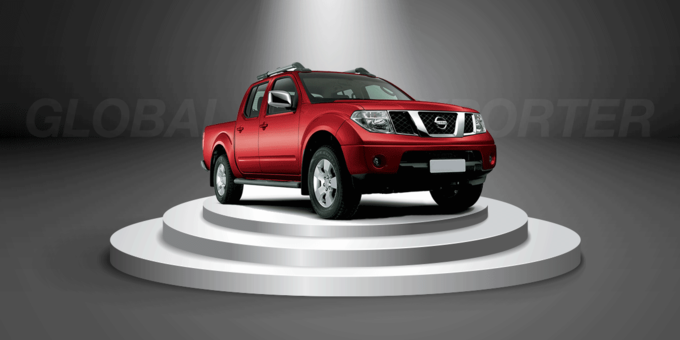
You might have understood what car torque and horsepower means. Now it is a good time to praise or award your car for the acts of velour that it can perform. Next time whenever you start your car shopping journey, you need to go for more torque, light car, low center of mass, and large diameter of wheels or tires to make it accelerate well.







